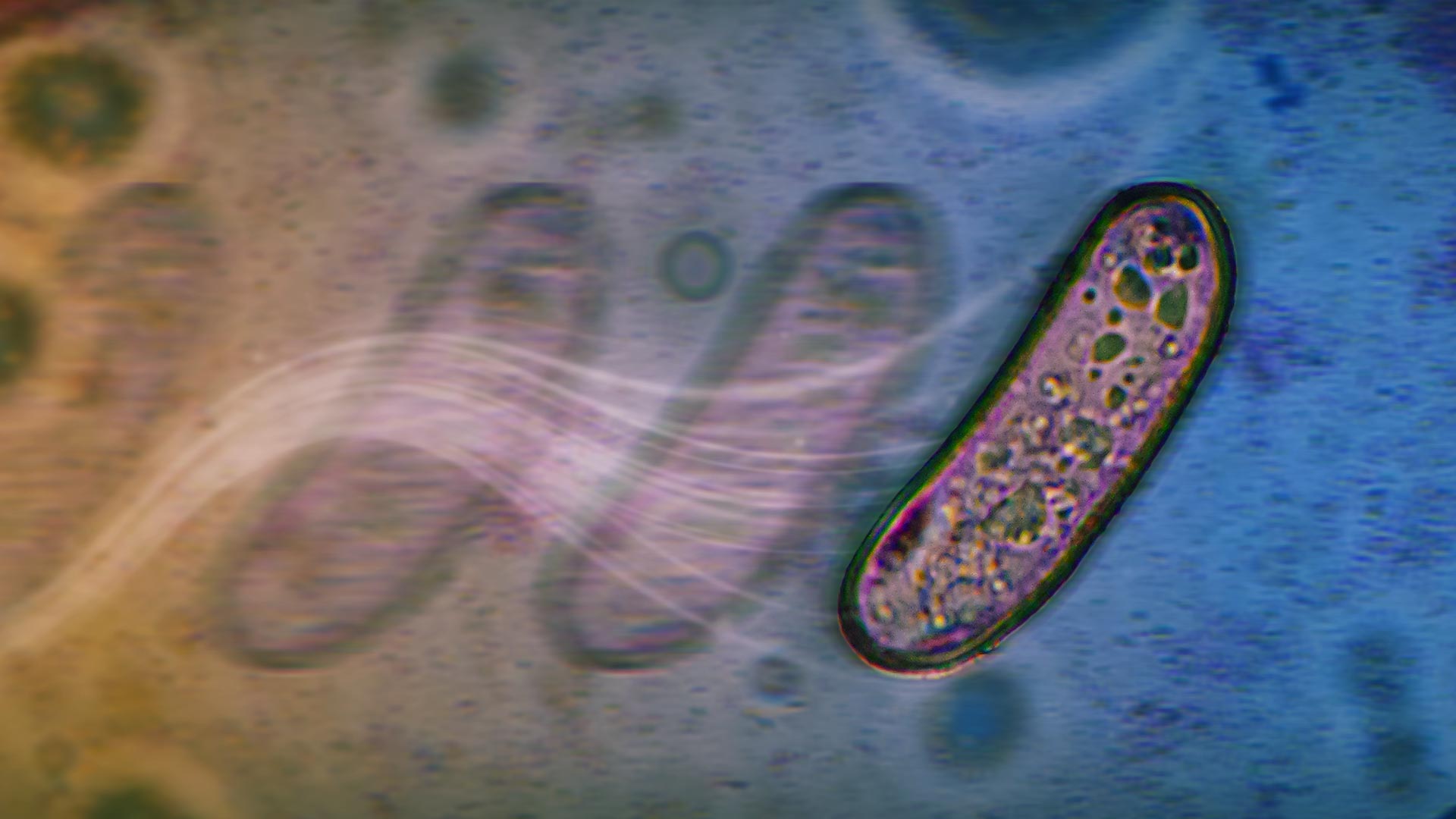Hold onto your microscopes—scientists just made a fascinating discovery about how microbes travel without flagella! Researchers from Arizona State University have found that certain bacteria use surprisingly simple strategies to move around, even when they lack the usual whip-like flagella that most microbes rely on. This breakthrough could totally reshape how we understand bacterial behavior and its impact on human health and disease.

The study, highlighted in two new research papers, reveals that bacteria can adapt and find alternative ways to get from point A to B—no tiny propeller required! Scientists had long assumed that without flagella, microbes were basically stuck in place. But as it turns out, these clever little critters have a few more tricks up their microscopic sleeves. Who knew bacteria could be so creative? The findings not only open up new research possibilities, they could also lead to innovative therapies and strategies for tackling infections in the future.
Why This Matters
Understanding microbial movement is crucial for developing new ways to manage diseases caused by bacteria. The next time you think your commute is rough, just remember—some microbes are out here inventing entirely new ways to get around. Take that, public transport problems!